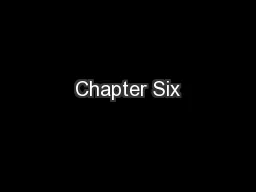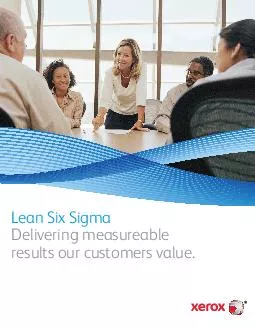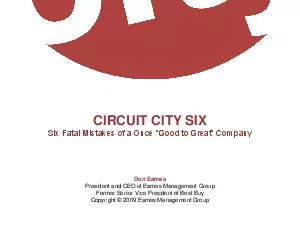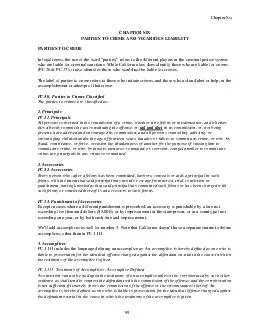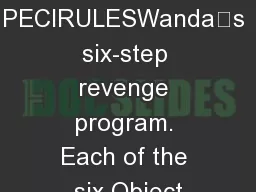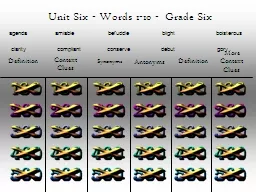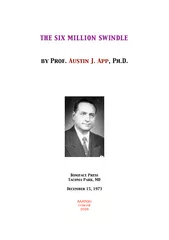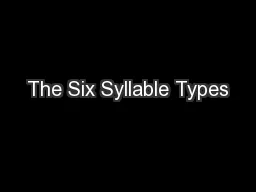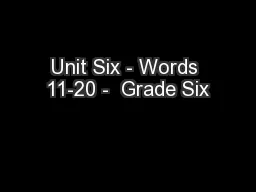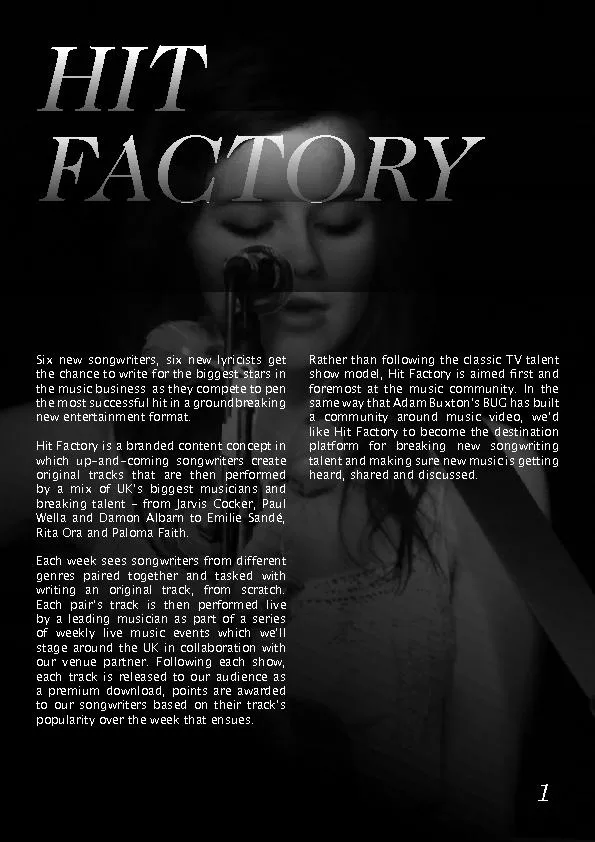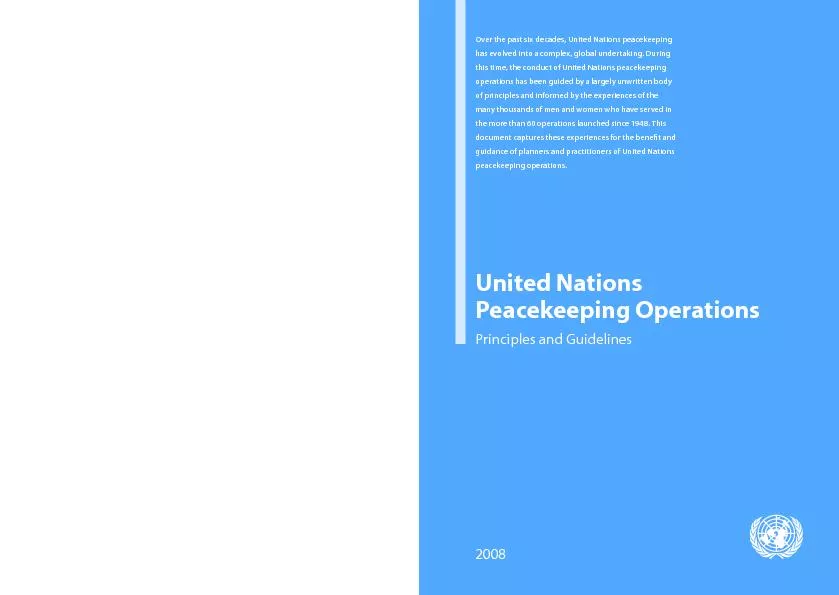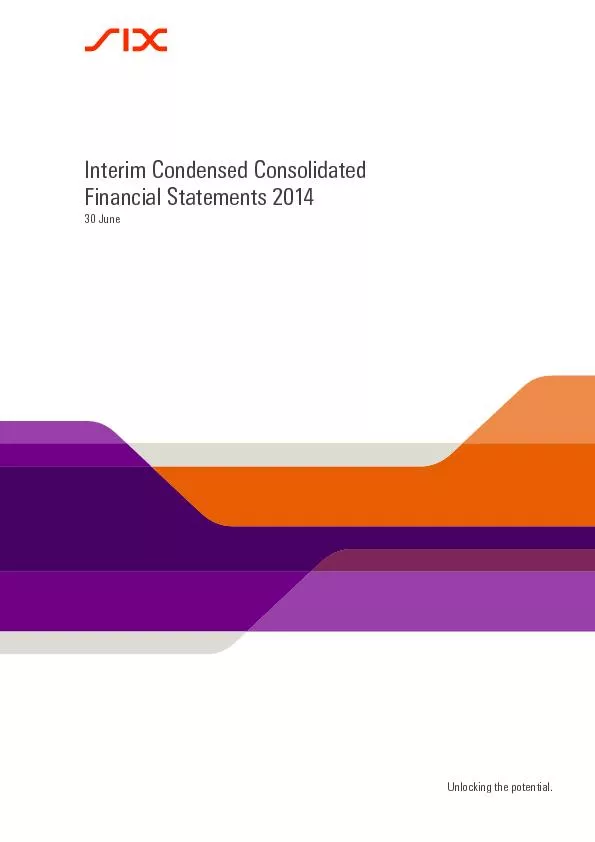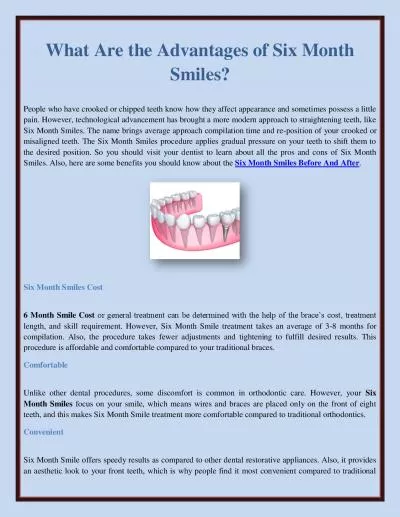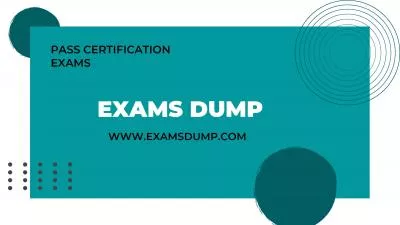PPT-Chapter Six
Author : tatyana-admore | Published Date : 2015-11-06
Banking and budgeting Copyright 2014 by The McGrawHill Companies Inc All rights reserved McGrawHillIrwin Learning unit objectives 6 2 LU 61 The Checking Account
Presentation Embed Code
Download Presentation
Download Presentation The PPT/PDF document "Chapter Six" is the property of its rightful owner. Permission is granted to download and print the materials on this website for personal, non-commercial use only, and to display it on your personal computer provided you do not modify the materials and that you retain all copyright notices contained in the materials. By downloading content from our website, you accept the terms of this agreement.
Chapter Six: Transcript
Download Rules Of Document
"Chapter Six"The content belongs to its owner. You may download and print it for personal use, without modification, and keep all copyright notices. By downloading, you agree to these terms.
Related Documents

